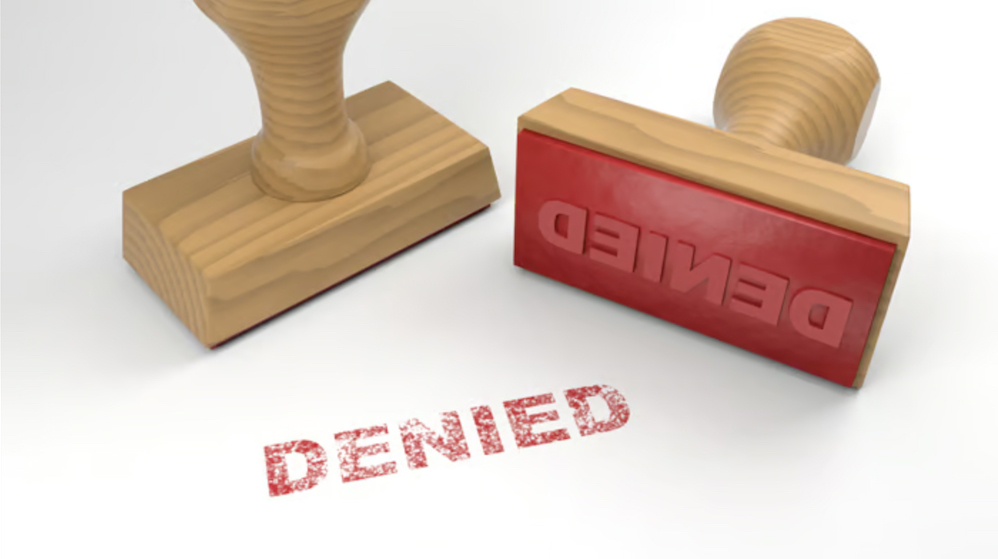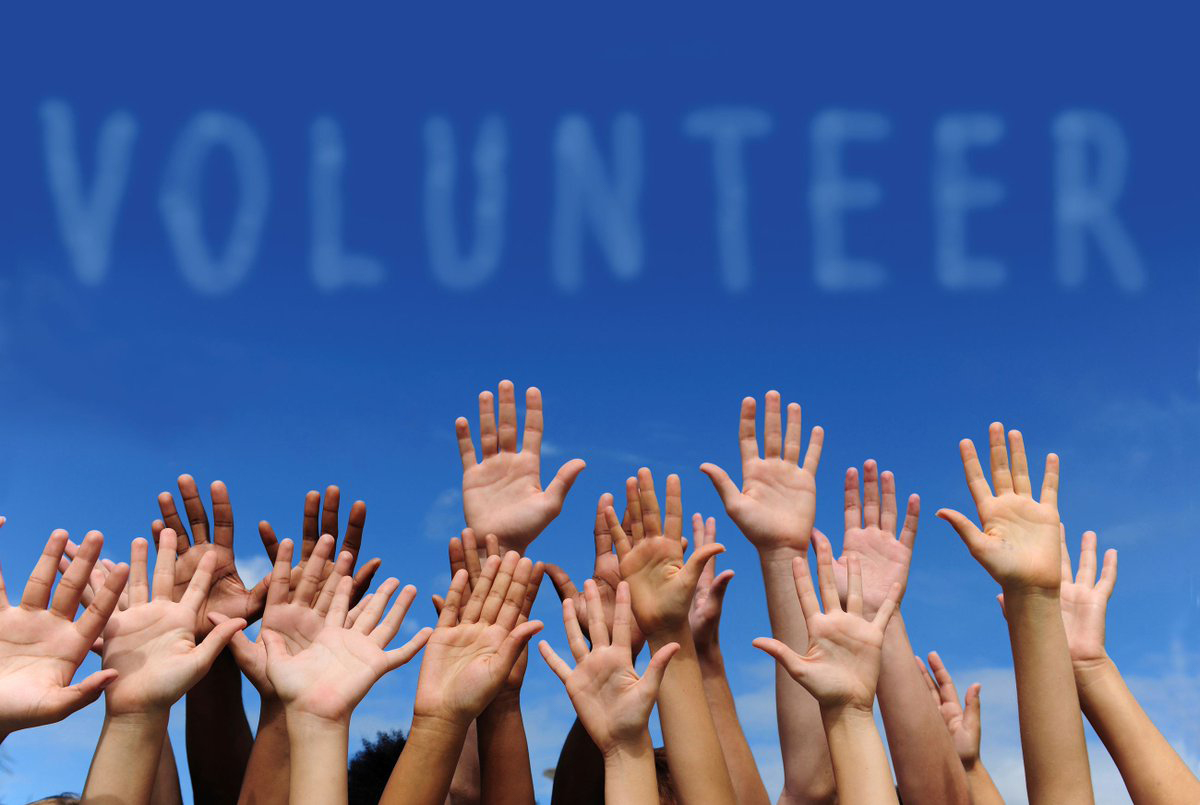22 Apr Blog Title: Are You Listening? Are you REALLY Listening? By Ashley Dooley, GPC
Posted at 06:00h
in Ashley Dooley, GPC, Competency Three, Kellie Brunguard, Program Design, Program Development, Relationships
From a very early age, we are taught to multitask. It seems embedded in the American culture of go-go-go and do-do-do. You may be eating lunch and socializing with friends, or watching a sporting event while taking a business call, or cooking dinner while helping your kids with homework. You probably do not even catch yourself multitasking, because it happens so frequently.




 All the time and effort you put into designing a great project and developing a clear, well-written grant proposal has paid off and you’ve received a notice of award from the funder. Now, it’s time to ensure that you are a great steward of the grant funds that you have received.
All the time and effort you put into designing a great project and developing a clear, well-written grant proposal has paid off and you’ve received a notice of award from the funder. Now, it’s time to ensure that you are a great steward of the grant funds that you have received. 





